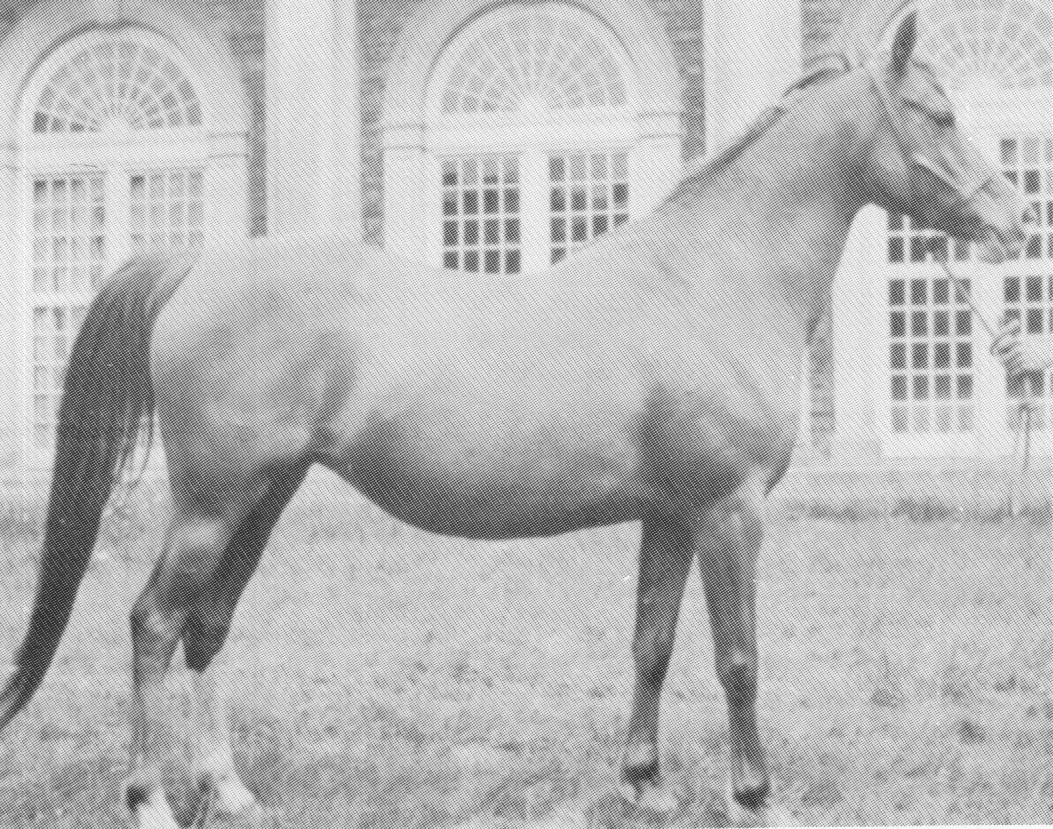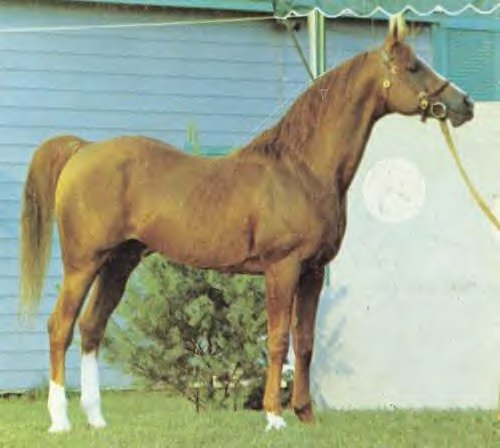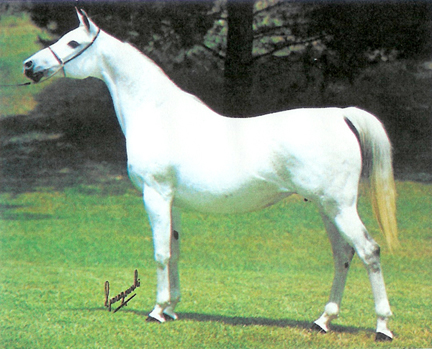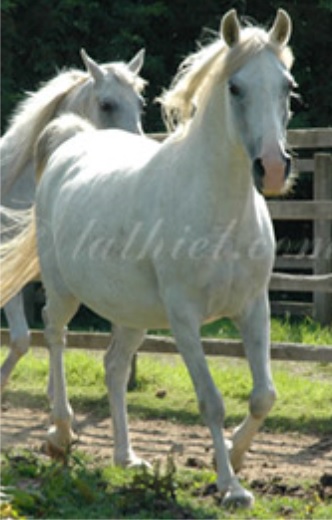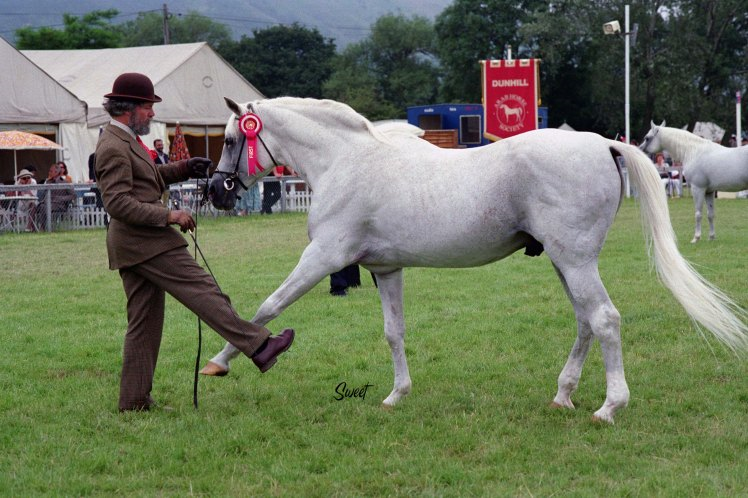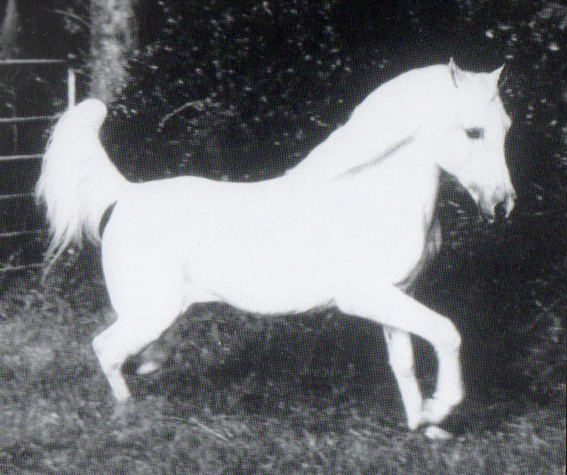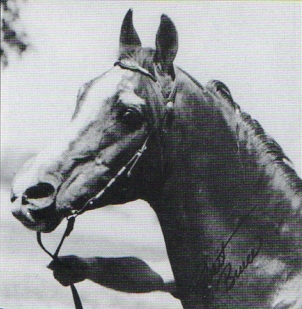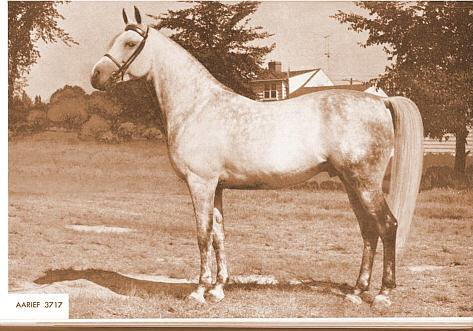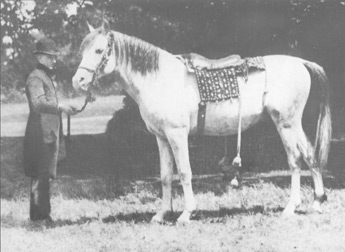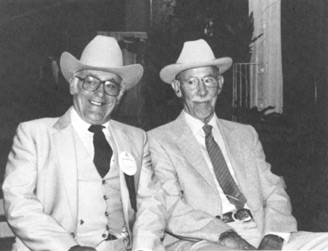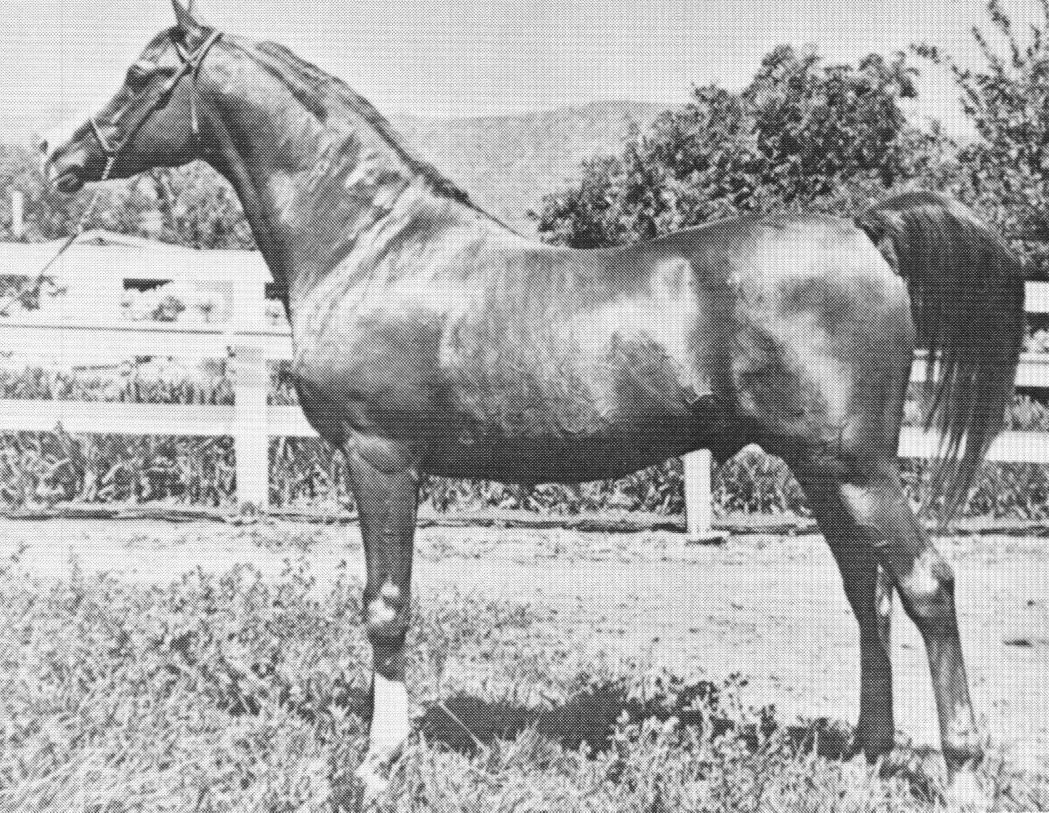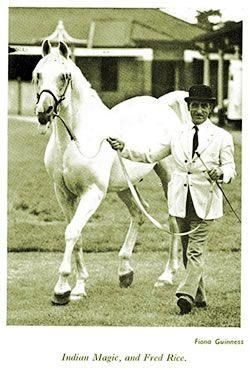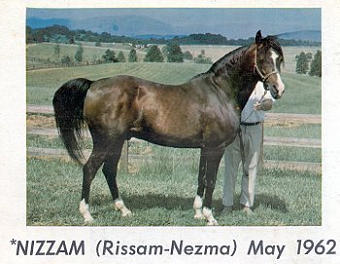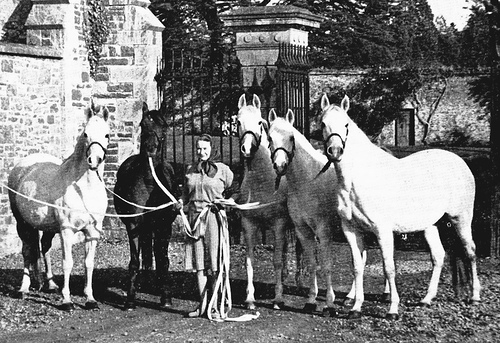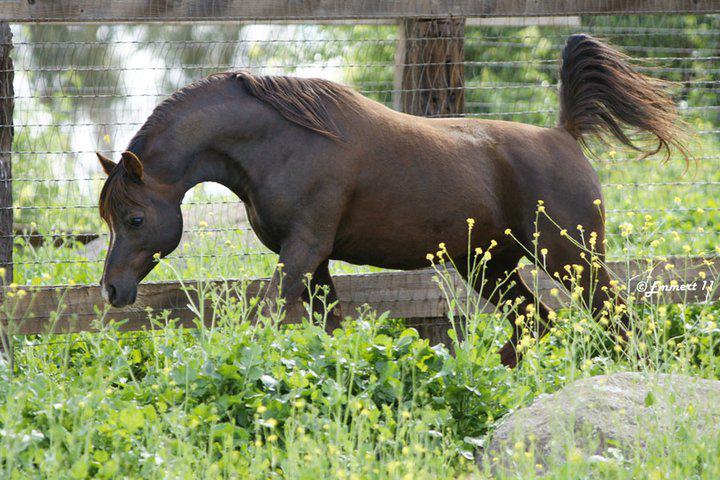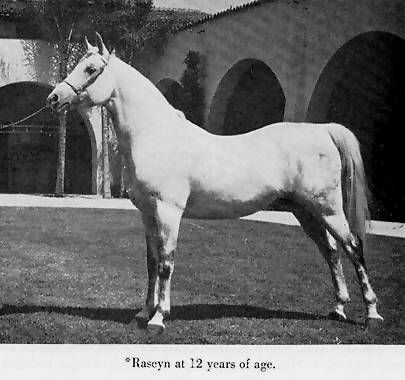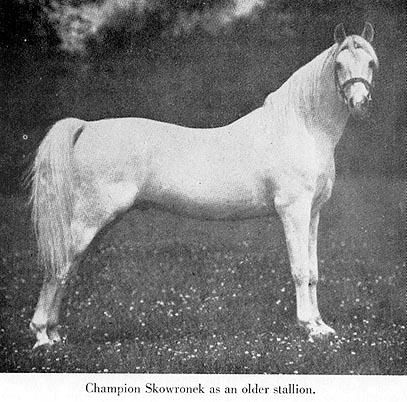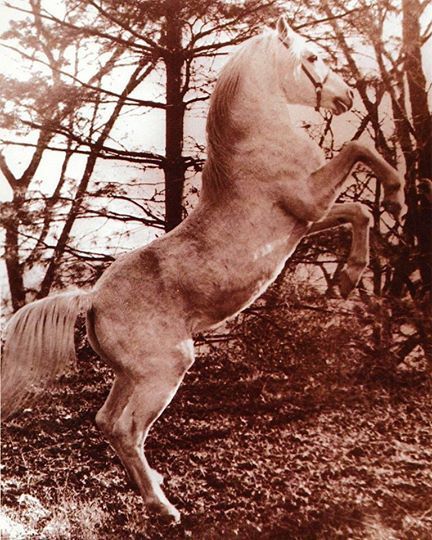Skowronek
-
Margaret Murray and the Painswick Lodge Stud: Part 1, 1932-1967
-
*Count Dorsaz
-
Rissla - The Legacy of Crabbet
-
Gaffi
-
Three Great Crabbet Sires: *Serafix, *Silver Vanity and *Raffles
-
Klinta Arabians, Ireland - UK Summer 2000 Stud Tour
-
Imperial Arabians, Wiltshire - UK Summer 2000 Stud Tour
-
Dominar
-
Antezeyn Skowronek 5321
-
Aarief
-
Pilgrimage to Crabbet Park – 2002 Crabbet Convention
-
Queen of Sheba and Azrek
-
Bill Munson - An Interview by Jim Robbins
-
Why I Did What I Did - An Interview with Lois Selby Perry
-
Abu Farwa 1960, An American Great
-
"Mr. Crabbet" - Fred Rice
-
The Crabbet Influence in Dutch Arabian Breeding - Part 2: In Between Years
-
The Most Beautiful Little Horse
-
Pete McNeil – A Lifetime With Arabians
-
*Raseyn 597
-
Skowronek
-
*Raffles – The Little Giant
-
The *Raffles Connection, to the Phara Arabians
-
Phara Arabians

